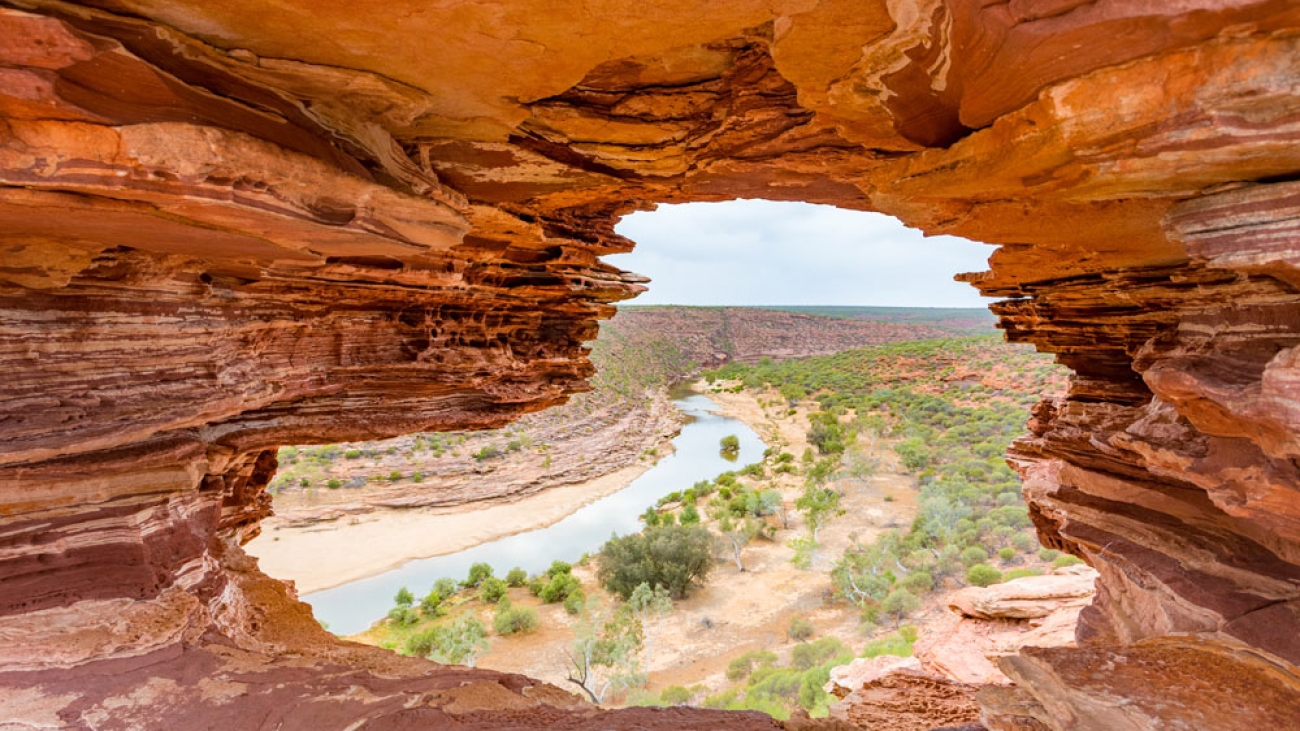4 Key Sustainability Reporting Trends From Australia
In Australia, a country known for its diverse natural resources and commitment to sustainability, several trends have emerged in sustainability reporting. In this article, we will explore four key trends that are shaping sustainability reporting practices in Australia in 2024.
- Climate Disclosure Rules Are Coming
Let’s start with the big one – mandatory climate reporting requirements are likely coming to Australia’s largest companies as soon as next year. The government wants investors to get a clear picture of how climate risks and opportunities could impact a company’s bottom line. So they’re working on rules that would require big businesses to publish an annual sustainability report with details on their climate exposure and plans. This would include things like disclosing their greenhouse gas emissions, laying out their net zero transition strategy, and having it all signed off by directors and auditors. It’s a significant move that will shed more light on corporate climate action. - Following the Money on Climate Reporting
Speaking of climate reporting, Australian companies are increasingly following the money – quite literally. According to a KPMG report a whopping 78% of companies in the ASX 100 are now reporting their climate risks and opportunities based on the framework from the Taskforce on Climate-Related Financial Disclosures (TCFD), up from 74% in 2022. It’s become the most widely used reporting standard in Australia, even more popular than GRI (72%) and the UN Sustainable Development Goals (77%). Why TCFD? Well, it’s become the gold standard for translating climate issues into financial metrics that investors can easily understand. And with new global sustainability reporting standards on the horizon that build on TCFD, you can expect this trend to continue growing. - Getting Science-Backed on Emissions Targets
Here’s another interesting trend – more Australian companies are adopting tough emissions reduction targets that are actually aligned with climate science and the goals of the Paris Agreement. In fact, 90% of ASX 100 companies now report carbon targets, with 38% using targets set through the Science Based Targets initiative (SBTi) methodology – a significant increase from previous years. Rather than just pulling a random net zero target out of a hat, an increasing number are using methodologies like SBTi to ensure their goals are credible and consistent with limiting global warming. It’s an important shift from setting aspirational targets to putting real, science-backed plans in place. - The Assurance Gap Remains
Now for the not-so-great news – while sustainability reporting is becoming the norm, too many companies still aren’t getting their reports independently checked and assured by third parties. Only 53% of ASX 100 companies obtain external assurance over their sustainability information, up slightly from 51% in 2022. Of those that do get assurance, a vast majority (85%) opt for fairly limited assurance rather than a deeper, more comprehensive reasonable assurance process. It’s a gap that really needs to be closed to boost transparency and reliability in sustainability reporting.
As we move forward, it’s clear that Australian businesses are committed to sustainability. Mandatory climate disclosures, the dominance of TCFD reporting, the adoption of science-based targets – all these trends show that companies are taking meaningful steps to address climate change and ESG issues. But it’s not just about ticking boxes. To meet rising expectations and build a more sustainable future, companies need to invest in robust data, frameworks, and verification. It’s an ongoing journey towards a greener and more responsible business landscape.






